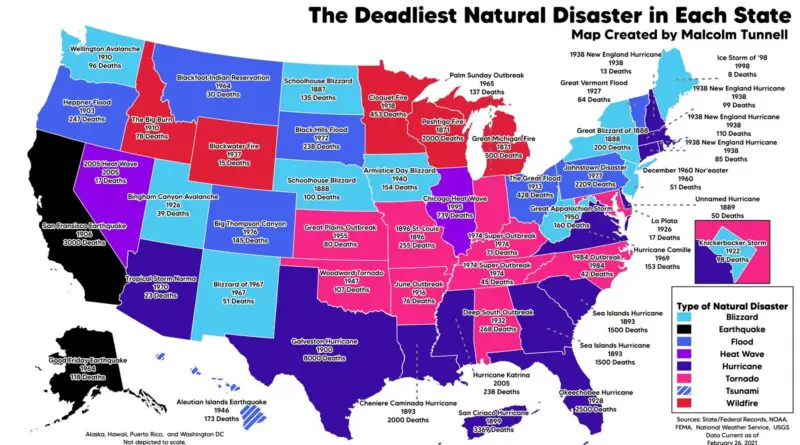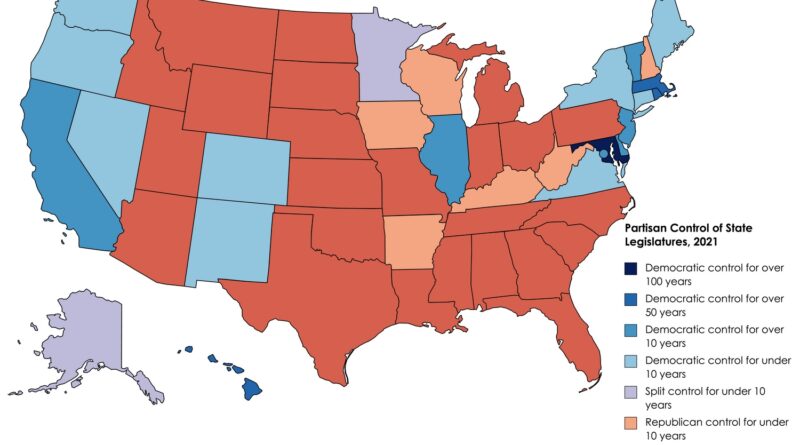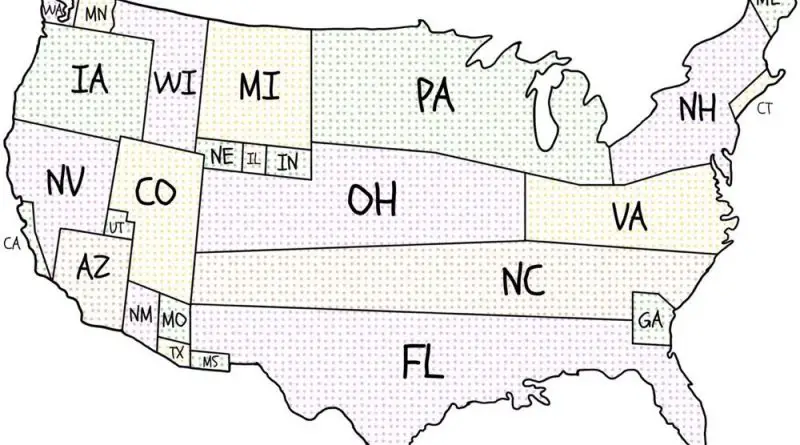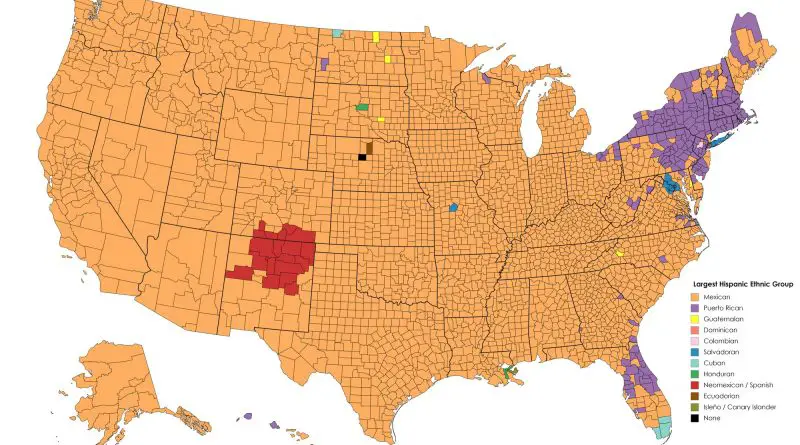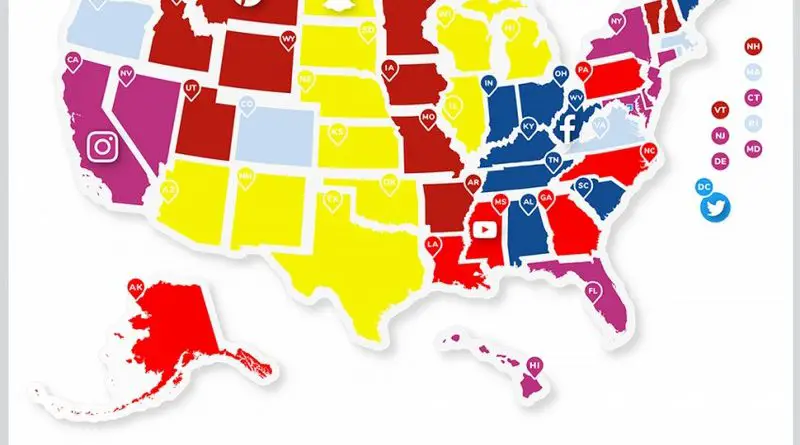Most Devastating Natural Disasters in the United States
The most devastating natural disaster in economic terms in the U.S. was Hurricane Katrina on August 29, 2005. Sorrowfully, many such losses often happen in a more common but equally deadly set of natural disasters—for example, a heatwave that struck Missouri, Kansas City, and St Louis in 1980.
Read More
